Product Name: Aluminum Forging
Product Type: Metal Forging
Material: Aluminum
Shape: Customized
Surface Treatment: Anodizing, Powder Coating, Spray Painting, Polishing
Production Process: Die Casting, Press Forging
Advantages:
1. High strength-to-weight ratio
2. Superior mechanical properties
3. Enhanced resistance to fatigue and wear
4. Tight dimensional tolerances
5. Cost-effective production
| Color | Silver |
|---|---|
| Material | Aluminum |
| MOQ | 1 Pcs |
| Sample | Available |
| Place of Origin | China |
Product Details
MINGYU Tech. is a leading manufacturer of custom aluminum parts for various industries including medical, telecommunications and defense. With over 20 years of experience, we have developed extensive expertise in aluminum machining cylinder including 6061, 7075 and 2024. Our state-of-the-art factory is equipped with the latest CNC machine tools and inspection equipment to ensure the highest level of machining accuracy and quality. We also offer secondary services such as heat treatment, electroplating and passivation to meet specific customer requirements.
aluminum machining cylinder is a process that involves shaping, cutting, and drilling aluminum to create various products. It is a versatile and widely used manufacturing method that allows for the production of aluminum parts with high precision and accuracy.
One of the main advantages of aluminum machining cylinder is its lightweight nature. As a lightweight metal, aluminum is highly favored in industries such as aerospace, automotive, and electronics, where weight is a crucial factor. With the use of advanced machining techniques, aluminum can be shaped into complex and intricate designs while maintaining its strength and durability.
Another benefit of aluminum machining cylinder is its excellent corrosion resistance. This makes it an ideal choice for outdoor applications and harsh environments. Additionally, the non-magnetic properties of aluminum make it suitable for use in electronic equipment where magnetic interference needs to be avoided.
| Brand | MINGYU TechMINGYU Tech |
| Original | China |
| Capacity | 1491Ton/Month |
| Thickness | 0.3mm and above, or Customized |
| Length | 4-6.4Meter |
| Hardness | >=8HW |
| Color | Silver,White,Black,Grey,Bronze,Champagne,Wood and any as requested |
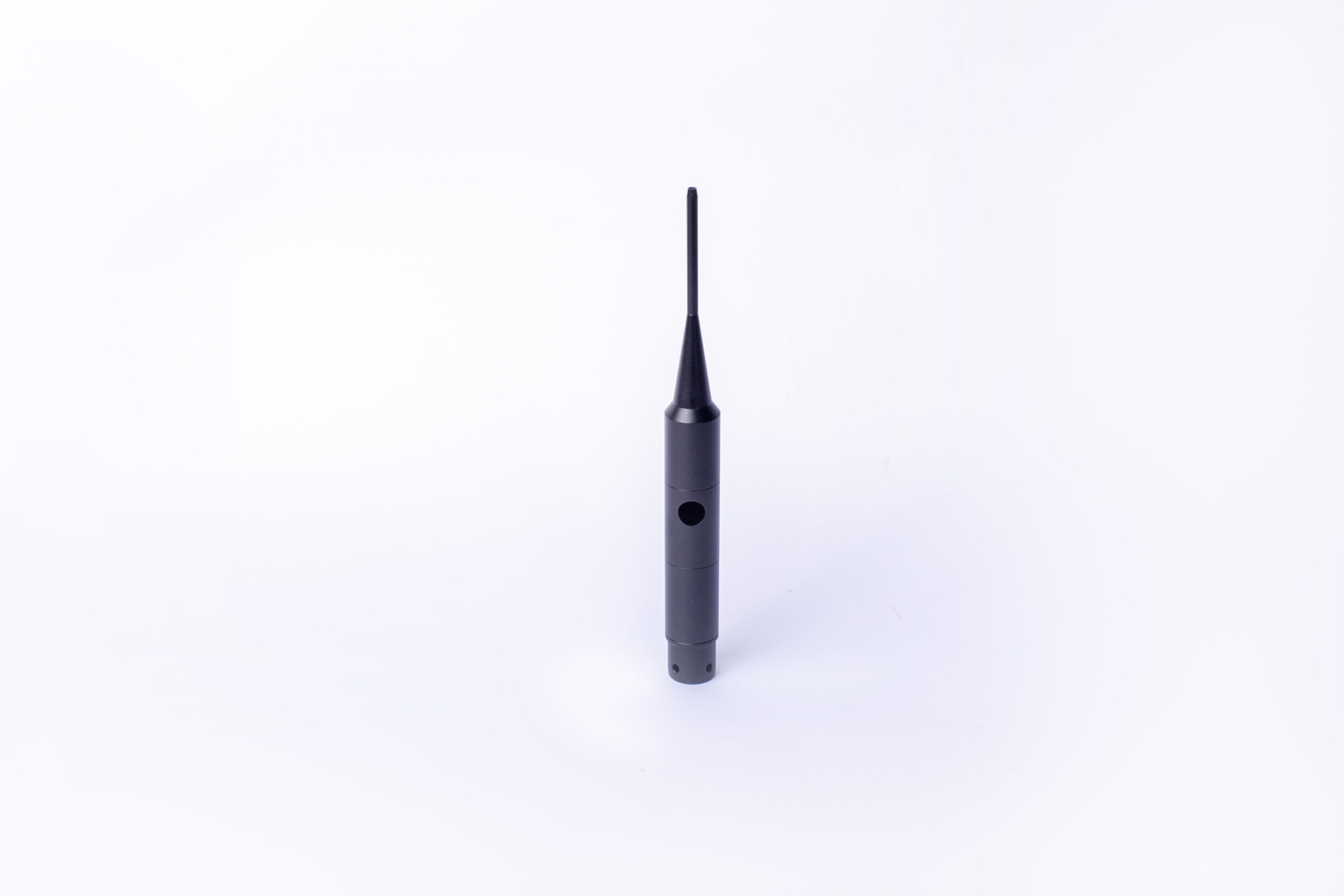
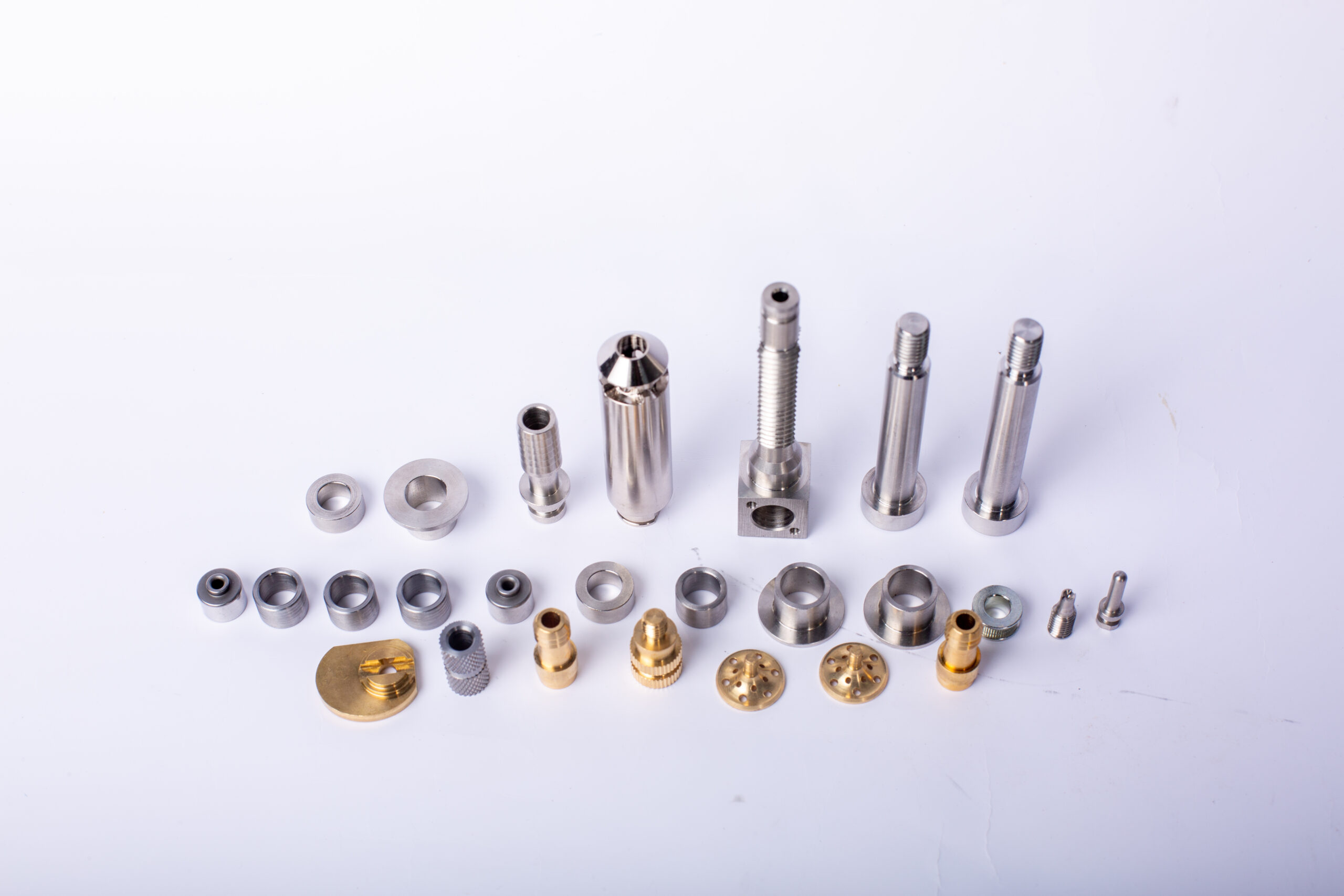
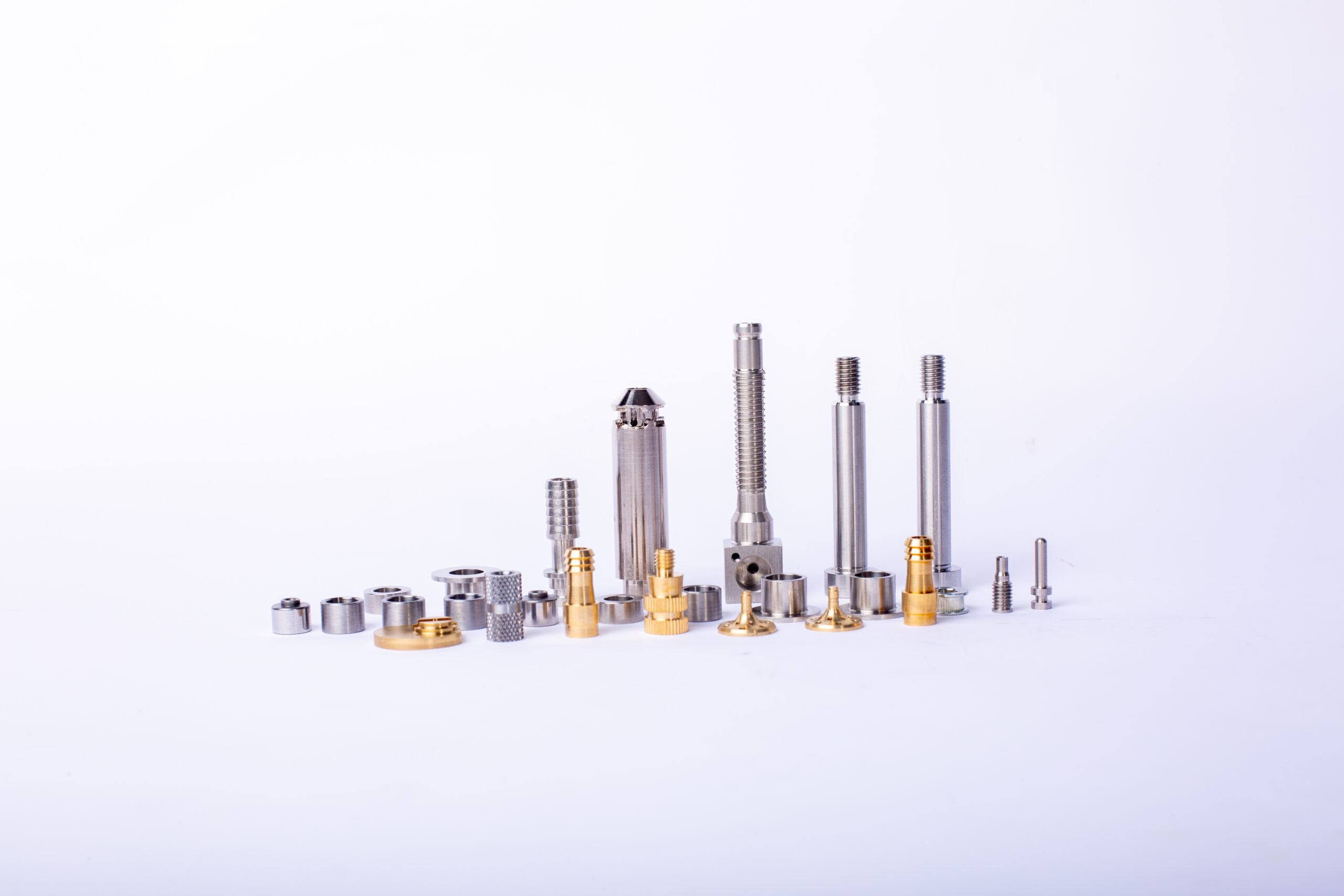
aluminum machining cylinder FAQs Guide.
Our company specializes in providing high-quality aluminum machining cylinder services for a variety of industries. With years of experience, state-of-the-art equipment, and a dedicated team, we pride ourselves on delivering precision and top-notch results for our customers. we will outline our capabilities and processes, and provide examples of the aluminum products we can create. We are confident that our aluminum machining cylinder services will meet and exceed your expectations.
1.Can aluminum alloys be machined using the same methods as pure aluminum?
We have a good reputation and image in the industry. The quality and price advantage of aluminum machining cylinder products is an important factor in our hard overseas market.
Yes, aluminum alloys can be machined using the same methods as pure aluminum. However, the machining process may need to be adjusted depending on the specific alloy being machined. For example, some alloys may require higher cutting speeds or different cutting tools than pure aluminum.
2.What impact does the speed of cutting have on the final product in aluminum machining?
The speed of cutting has a significant impact on the final product in aluminum machining. A slower cutting speed will produce a better finish, while a faster cutting speed will produce a rougher finish. Slower cutting speeds also reduce the risk of tool breakage and heat build-up, which can cause warping and other defects. Additionally, slower cutting speeds can help to reduce the amount of material removed, which can help to reduce costs.
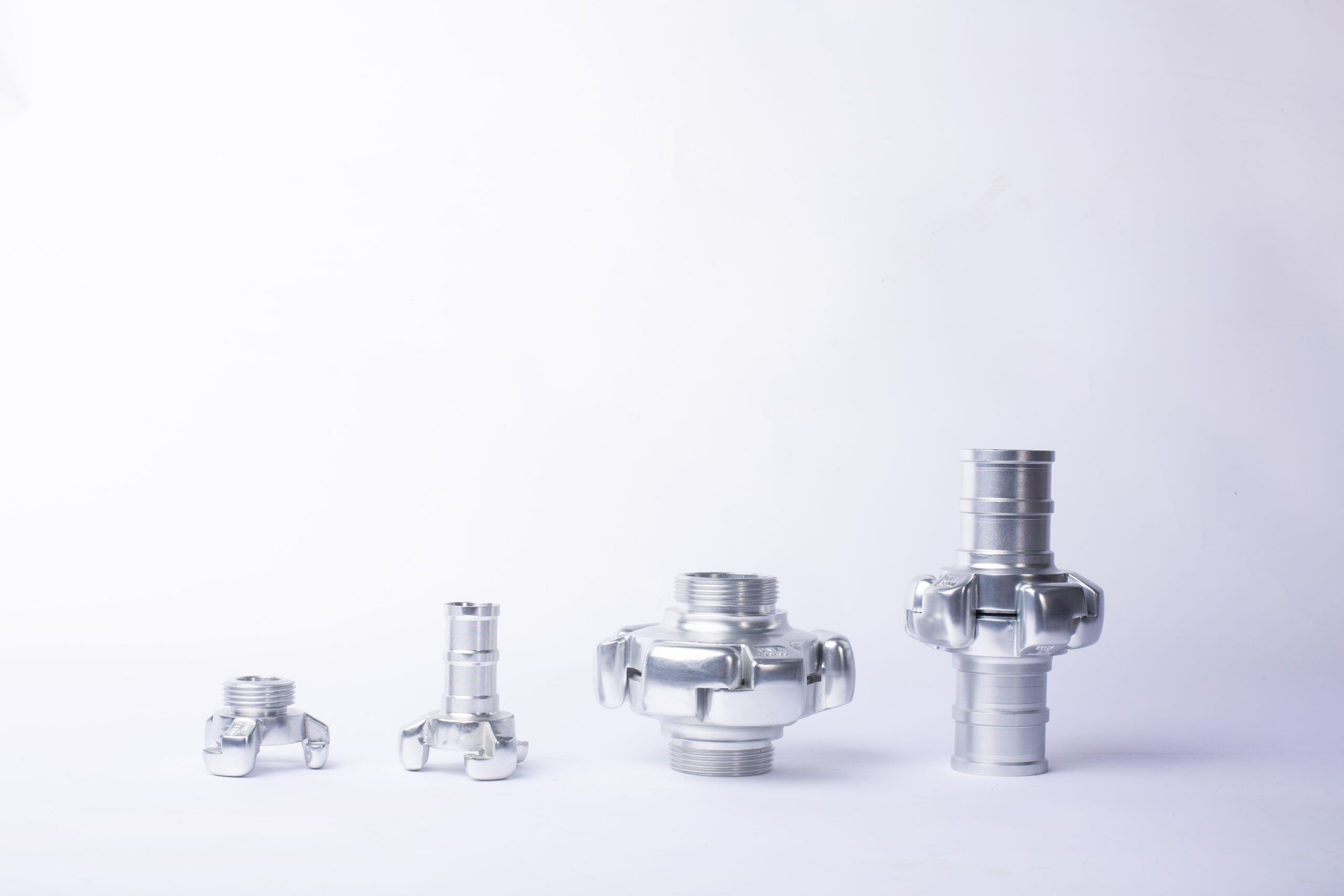
3.What are some important factors to consider when selecting a machining method for aluminum?
We adhere to the principle of integrity and transparency, and establish long -term relationships with partners, and we attach great importance to this detail.
1. The type of aluminum being machined: Different types of aluminum require different machining methods.
2. The desired finish: Different machining methods can produce different finishes.
3. The complexity of the part: Some machining methods are better suited for complex parts than others.
4. The cost of the machining method: Different machining methods can have different costs associated with them.
5. The speed of the machining method: Some machining methods are faster than others.
6. The accuracy of the machining method: Some machining methods are more accurate than others.
7. The availability of the machining method: Some machining methods may not be available in certain areas.
8. The environmental impact of the machining method: Some machining methods may have a greater environmental impact than others.
4.What are some common tips for achieving optimal results with aluminum machining?
Our mission is to provide customers with the best solutions for aluminum machining cylinder.
1. Use high-speed steel (HSS) tools for aluminum machining.
2. Use a coolant to reduce heat and friction.
3. Use a sharp tool to reduce cutting forces and improve surface finish.
4. Use a high-feed rate to reduce cutting time.
5. Use a low spindle speed to reduce tool wear.
6. Use a positive rake angle to reduce cutting forces.
7. Use a high-pressure coolant system to reduce heat and improve chip evacuation.
8. Use a chip breaker to reduce cutting forces and improve surface finish.
9. Use a high-precision tool holder to reduce tool runout and improve accuracy.
10. Use a rigid machine tool to reduce vibration and improve accuracy.
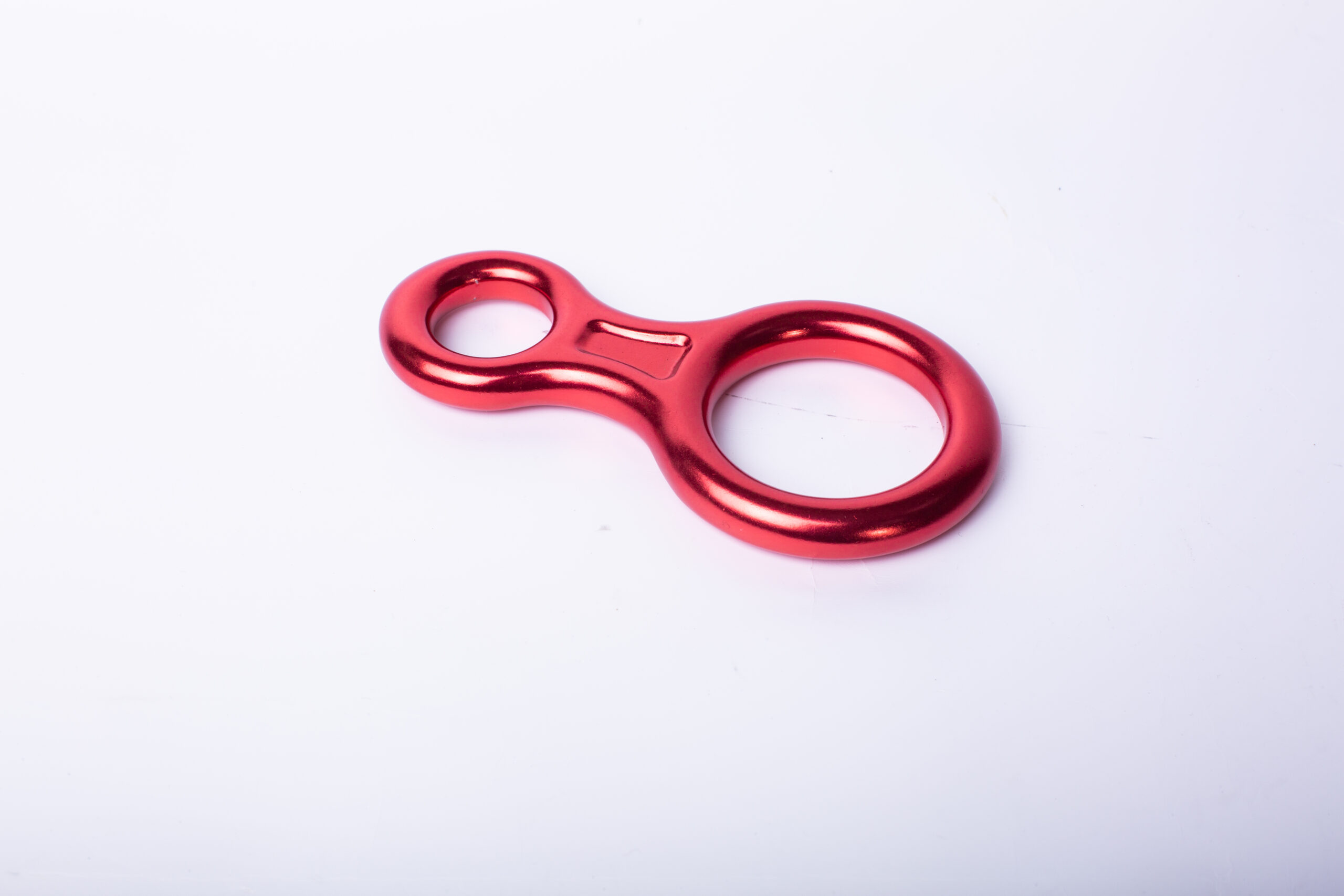
5.How does the machining process differ for aluminum compared to other metals?
aluminum machining cylinder is not a product only, but also can help you comes to money-making.
The machining process for aluminum is generally more difficult than for other metals due to its low thermal conductivity and high reactivity. Aluminum is more prone to work hardening, which can lead to increased tool wear and shorter tool life. Additionally, aluminum is more difficult to machine due to its tendency to stick to the cutting tool, resulting in increased cutting forces and higher cutting temperatures. To reduce these issues, aluminum machining requires higher cutting speeds, increased coolant flow, and the use of specialized cutting tools.
6.What are some common post-machining treatments for aluminum?
As one of the aluminum machining cylinder market leaders, we are known for innovation and reliability.
Common post-machining treatments for aluminum include anodizing, passivation, painting, powder coating, and polishing. Anodizing is a process that increases the thickness of the natural oxide layer on the surface of the aluminum, providing increased corrosion resistance and improved surface hardness. Passivation is a chemical treatment that removes free iron particles from the surface of the aluminum, improving its corrosion resistance. Painting and powder coating are both processes that involve applying a protective coating to the aluminum surface. Finally, polishing is a process that involves buffing the aluminum surface to a high shine.
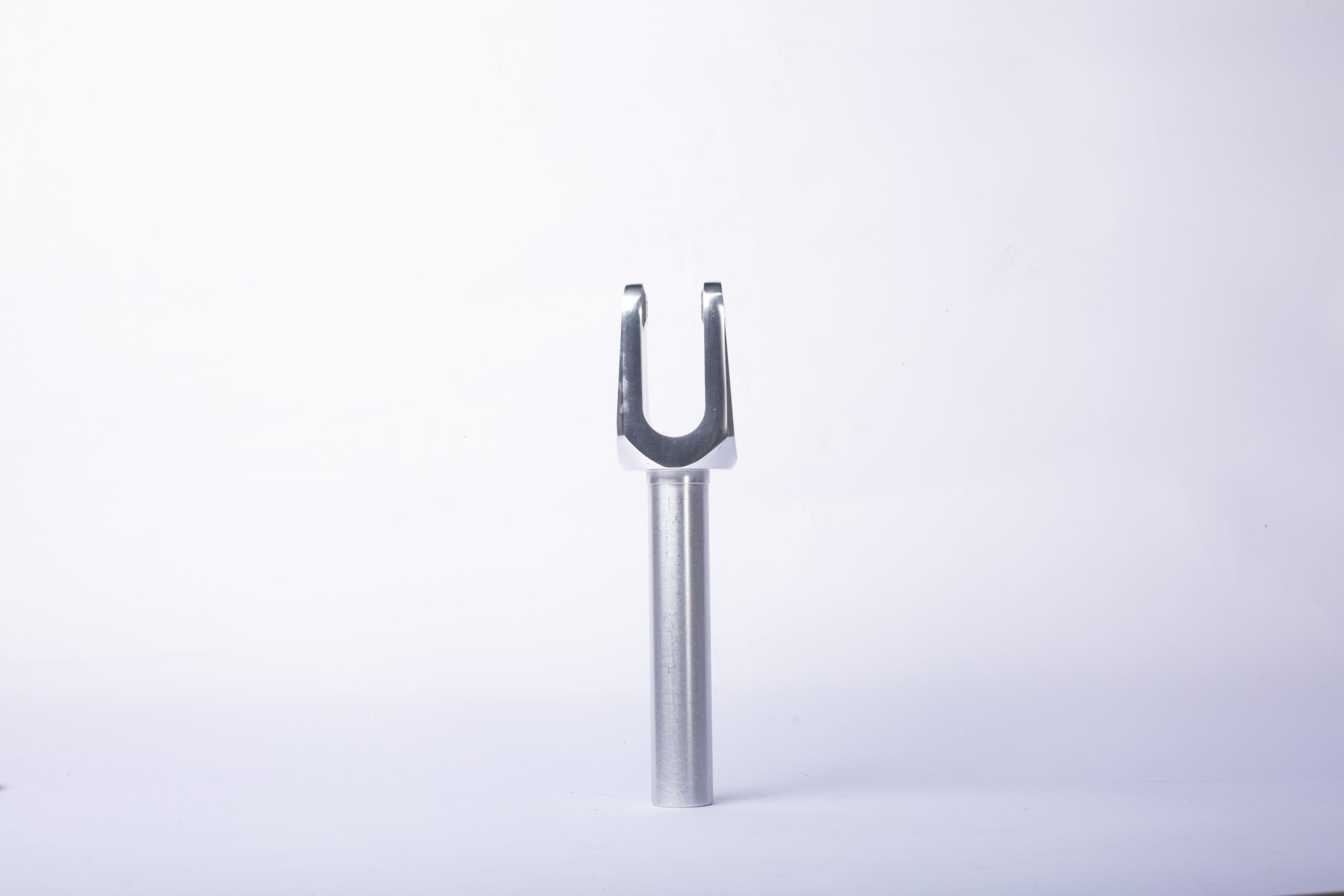
7.What factors affect the speed and efficiency of aluminum machining?
We are a professional aluminum machining cylinder company dedicated to providing high quality products and services.
1. Tooling: The type of tooling used for aluminum machining can have a significant impact on the speed and efficiency of the process. For example, using a high-speed steel (HSS) tool can provide faster cutting speeds than a carbide tool.
2. Feed Rate: The feed rate of the cutting tool is also important for aluminum machining. A higher feed rate can increase the speed of the process, but it can also lead to increased tool wear and decreased tool life.
3. Cutting Fluids: The use of cutting fluids can help to reduce friction and heat during aluminum machining, which can improve the speed and efficiency of the process.
4. Cutting Parameters: The cutting parameters, such as the spindle speed, feed rate, and depth of cut, can all affect the speed and efficiency of aluminum machining.
5. Workpiece Material: The type of aluminum being machined can also affect the speed and efficiency of the process. For example, softer aluminum alloys can be machined faster than harder alloys.
8.Can aluminum be machined using both hand and power tools?
Our products & services cover a wide range of areas and meet the needs of different fields.
Yes, aluminum can be machined using both hand and power tools. Hand tools such as files, chisels, and hacksaws can be used to shape aluminum, while power tools such as drills, lathes, and milling machines can be used to create more precise shapes.
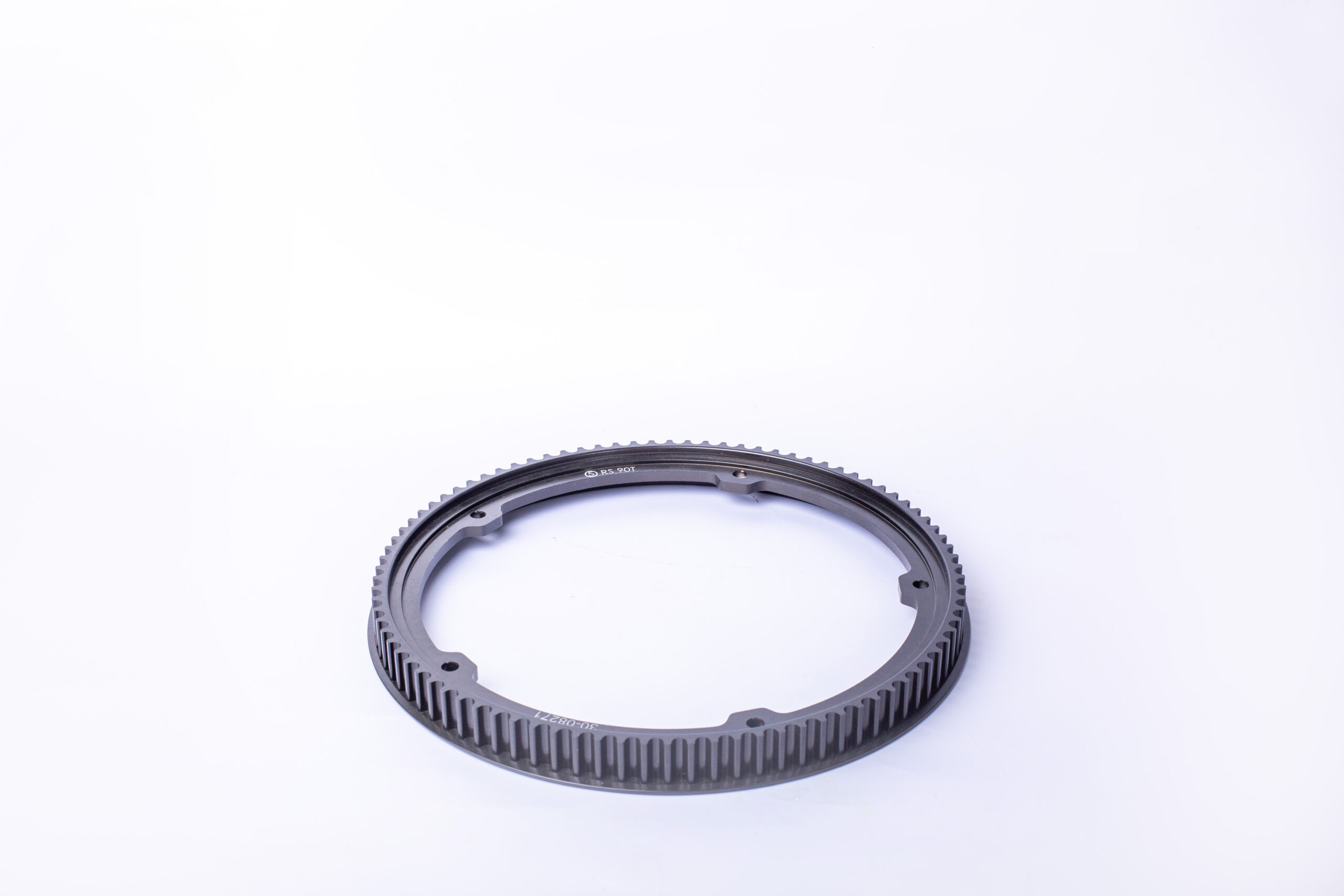
9.Can different types of coatings be applied to aluminum after machining?
We continue to improve aluminum machining cylinder products and processes to improve efficiency.
Yes, different types of coatings can be applied to aluminum after machining. Common coatings include anodizing, powder coating, and painting. Anodizing is a process that creates a protective oxide layer on the surface of the aluminum, while powder coating is a process that applies a dry powder to the surface of the aluminum and then bakes it to create a hard finish. Painting is a process that applies a liquid paint to the surface of the aluminum and then bakes it to create a hard finish.
10.How does the use of coolant impact the machining process for aluminum?
We have a professional team that is committed to the innovation and development of aluminum machining cylinder.
The use of coolant in machining aluminum helps to reduce friction and heat buildup, which can cause the aluminum to warp or deform. Coolant also helps to flush away chips and debris, which can clog the cutting tool and reduce its effectiveness. Additionally, coolant helps to lubricate the cutting tool, which can improve the surface finish of the machined part.

11.How does the design of the part affect the machining process for aluminum?
The design of the part affects the machining process for aluminum in several ways. The shape of the part will determine the type of tooling and cutting parameters that are used. For example, a part with complex geometries may require a more specialized tooling setup than a part with simpler geometries. Additionally, the size of the part will determine the speed and feed rates that are used during the machining process. The material properties of aluminum also affect the machining process, as aluminum is a softer material than other metals and requires slower speeds and feeds to prevent tool wear and tear. Finally, the surface finish of the part will determine the type of finishing operations that are used, such as polishing or deburring.
12.What are the different types of aluminum machining techniques?
We pay attention to the introduction and training of talents, scientifically regulate the management system, and focus on cultural construction and team cohesion.
1. Milling: This is a subtractive machining process that uses a rotating cutting tool to remove material from the surface of a workpiece.
2. Turning: This is a subtractive machining process that uses a rotating cutting tool to shape the outside diameter of a workpiece.
3. Drilling: This is a subtractive machining process that uses a rotating cutting tool to create a hole in a workpiece.
4. Boring: This is a subtractive machining process that uses a rotating cutting tool to enlarge an existing hole in a workpiece.
5. Reaming: This is a subtractive machining process that uses a rotating cutting tool to finish the surface of a hole in a workpiece.
6. Sawing: This is a subtractive machining process that uses a rotating cutting tool to cut a workpiece into two or more pieces.
7. Grinding: This is an abrasive machining process that uses a rotating grinding wheel to remove material from the surface of a workpiece.
8. Honing: This is an abrasive machining process that uses a rotating honing stone to finish the surface of a hole in a workpiece.
9. EDM (Electrical Discharge Machining): This is a non-traditional machining process that uses electrical sparks to remove material from the surface of a workpiece.
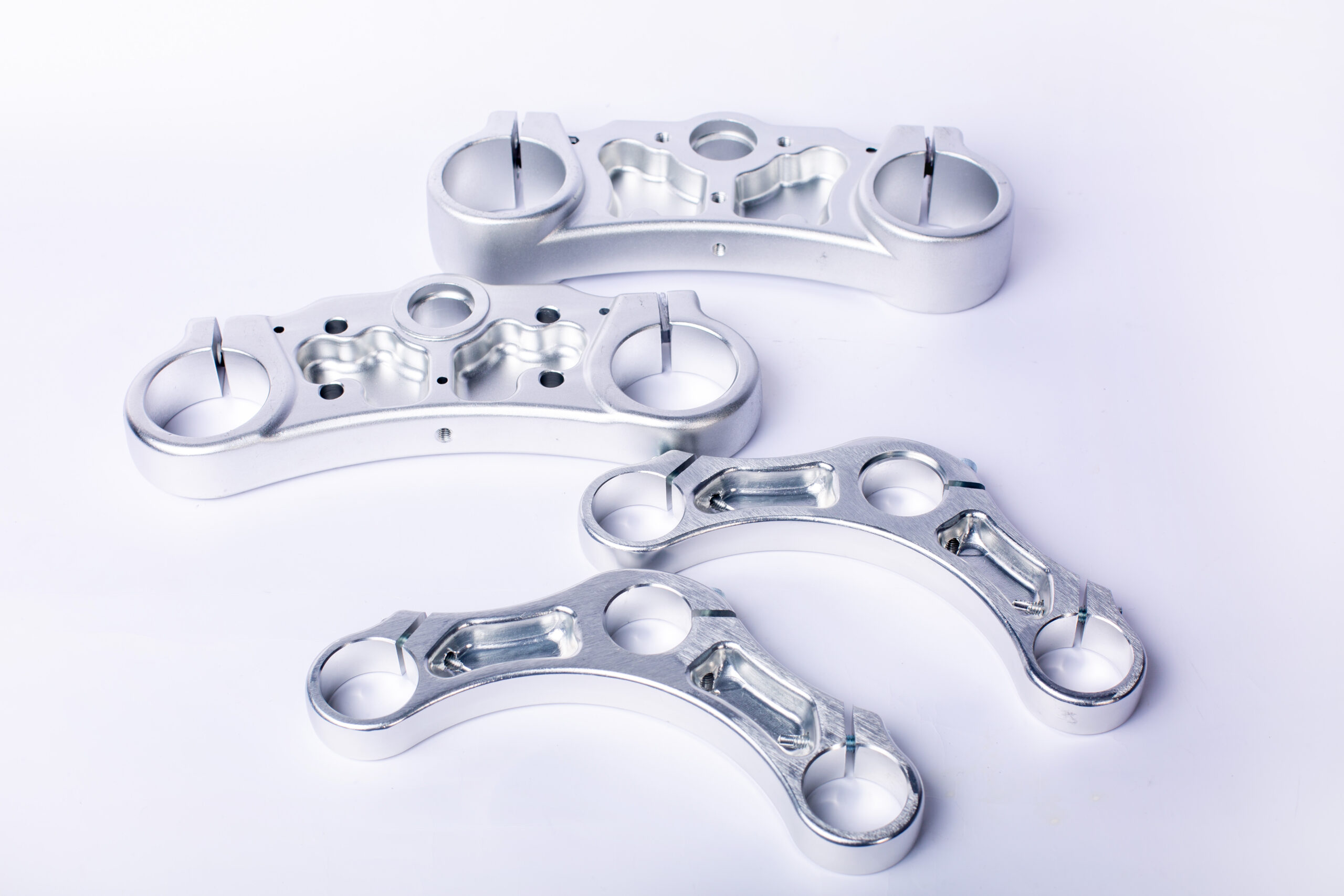
13.Are there alternatives to traditional machining for shaping and forming aluminum?
Yes, there are several alternatives to traditional machining for shaping and forming aluminum. These include:
-Casting: Casting is a process in which molten aluminum is poured into a mold and allowed to cool and solidify. This is a great way to create complex shapes and parts with a high degree of accuracy.
-Extrusion: Extrusion is a process in which aluminum is forced through a die to create a desired shape. This is a great way to create parts with a consistent cross-section.
-Forging: Forging is a process in which aluminum is heated and then hammered or pressed into a desired shape. This is a great way to create parts with a high degree of strength and durability.
-Stamping: Stamping is a process in which aluminum is cut and formed into a desired shape using a die. This is a great way to create parts with a high degree of accuracy and repeatability.
14.What industries commonly use aluminum machining?
We have broad development space in domestic and foreign markets. aluminum machining cylinder have great advantages in terms of price, quality, and delivery date.
Aluminum machining is commonly used in a variety of industries, including aerospace, automotive, medical, electronics, and defense. It is also used in the production of consumer goods such as appliances, sporting goods, and furniture.
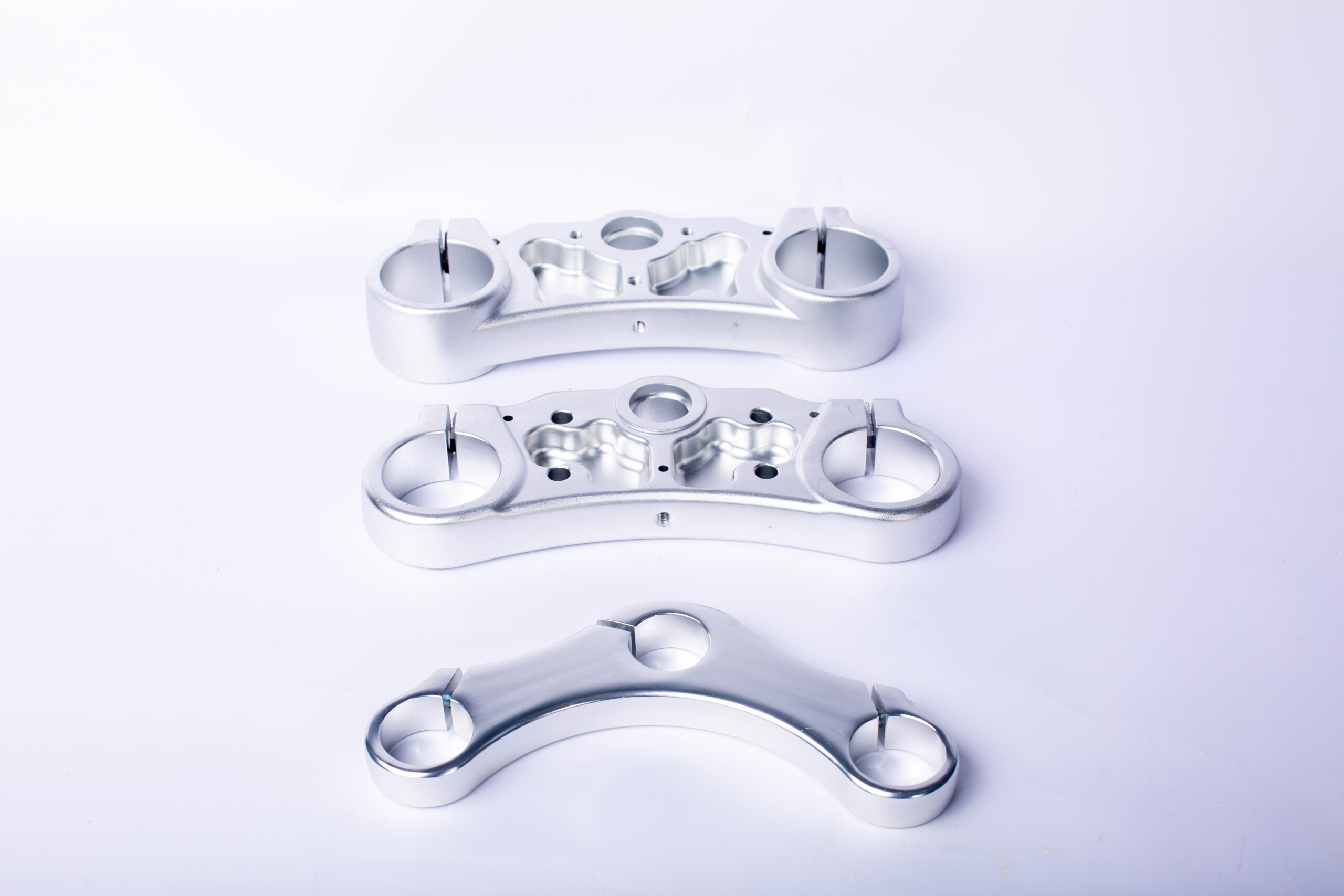
Tag:aluminum machining parts factory,aluminum machining bits,custom cnc aluminum machining
Product Inquiry
We will respond within 12 hours, please pay attention to the email “@163.com” or “@alumforge.com”.
Also, you can go to the Contact Page, which provides a more detailed form, if you have more inquiries for products or would like to obtain OEM service.
Our sales experts will respond within 24 hours, please pay attention to the email with the suffix “@163.com”.